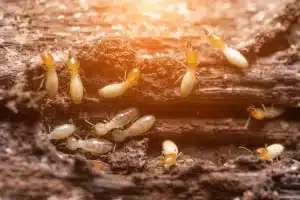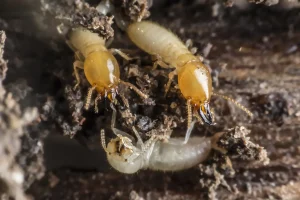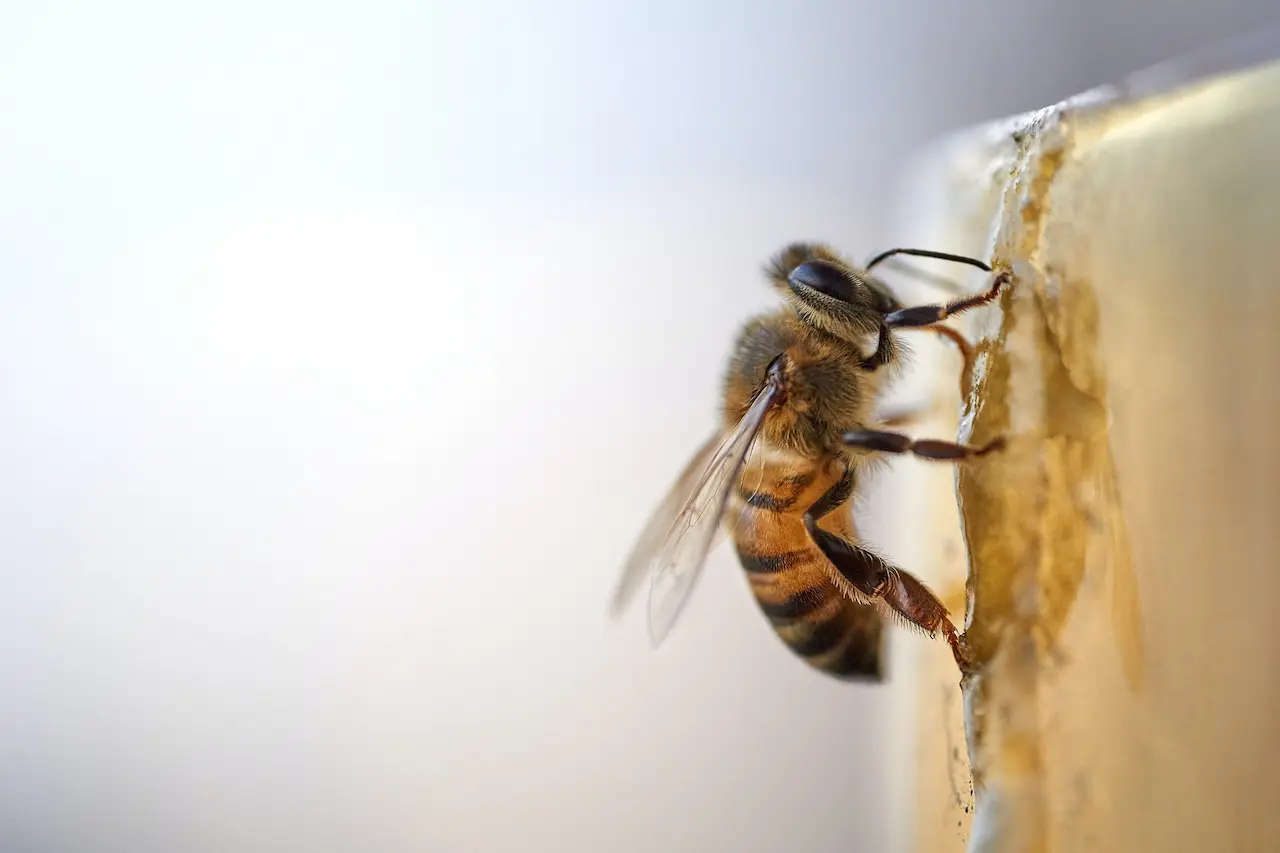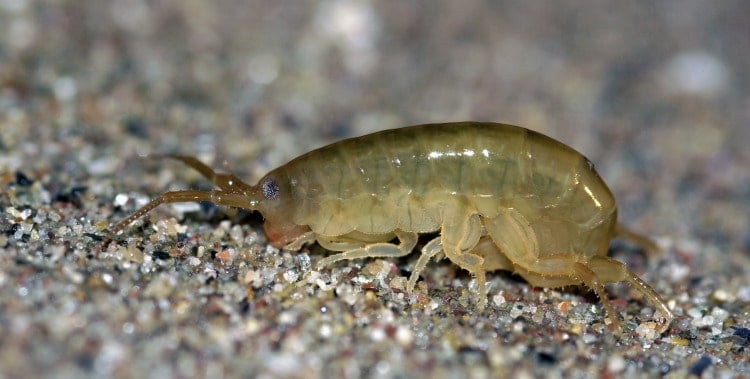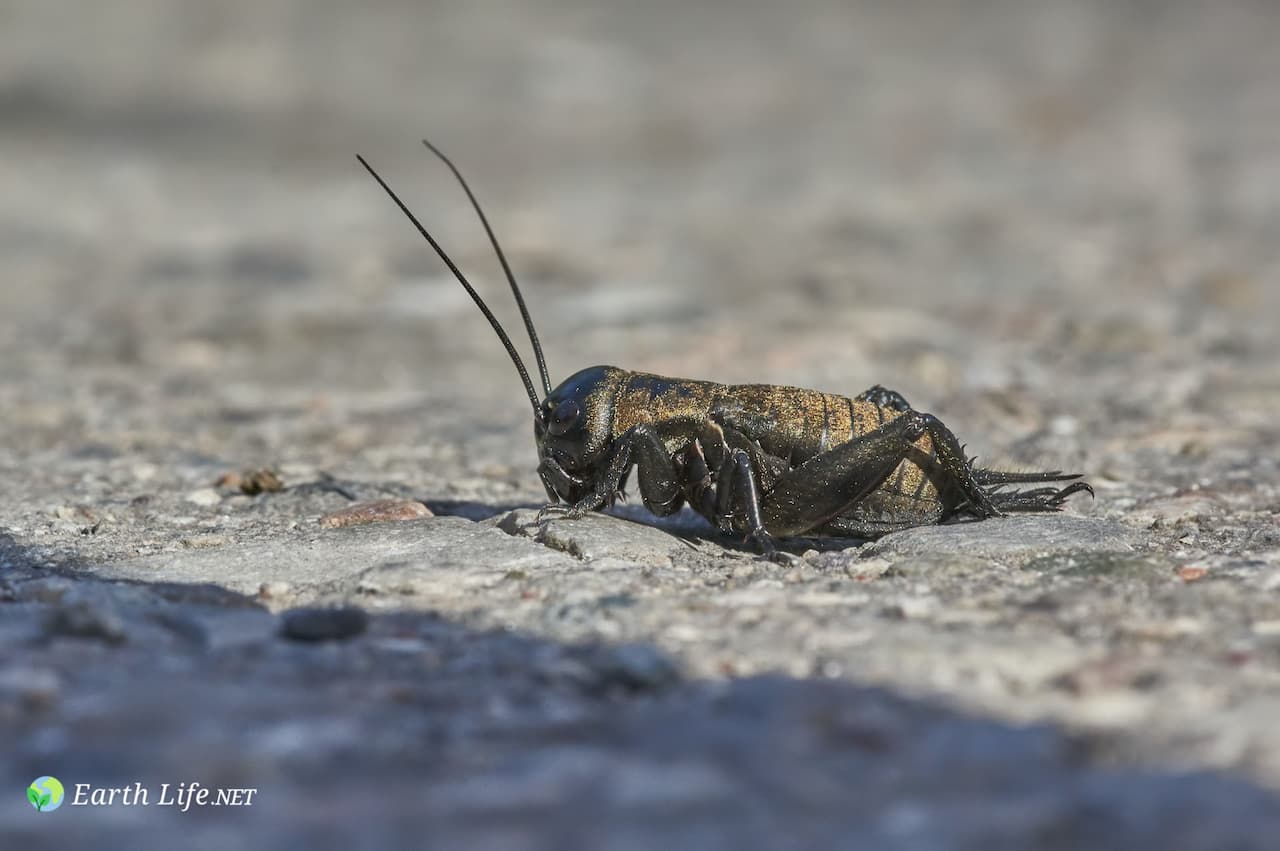What Eats Termites?
What Eats Termites? What Do Termites Eat?
The termites live in small colonies, and they feed on wood as well as other plants containing cellulose.
When termites start eating wood structures, they become pests.
Understanding the food that termites consume and what they eat can give you valuable insights for termite prevention and control.
Natural Predators of Termites
There are many predators of termites that keep them in check. Termites are primarily preyed upon by:
Ants
Ants are fierce predators on termites, particularly certain species such as driver ants. The ants will attack termite nests and overwhelm the termite workers with sheer numbers.
Ants eat termite larvae and pupae for their colonies. Some ants are experts at following the termite trail to locate their nest.
Spiders
Many spider species prey upon termites. Spiders that live underground, such as wolf spiders or tunnel web spiders are often found near the entrances of termite nests. They attack workers when they emerge.
Trapdoor Spiders catch termites that pass by their burrows. Orb weaver spiders and other web-building spiders will catch termites passing by their webs.
Centipedes
Centipedes, swift predators with venomous stingers and many legs, can easily overpower workers and soldiers of termites. Infiltrating termite tunnels, they feed on the various life stages of termites.
Birds
Insect eating birds often feast on termites. Woodpeckers burrow into termite-infested wood. Brown thrashers and other birds dig shallow nests of termites in the soil. Birds follow the termite swarmers and pluck them out. Chickens and wild turkeys will scratch termite mounds open to get at the bugs inside. Mallard Ducks are dabbling ducks and also eat termites if they can get to them.
Amphibians and Lizards
Termites are eaten by many small amphibians and reptiles. Small lizards feed on termites by crawling into mounds. Frogs and toads use their tongues long enough to grab the emerging termites. To find food, salamanders search termite tunnels within rotting wood.
The Other Insects
Other predatory insects, such as ground beetles and crickets or parasitic wasps like dragonfly nymphs can also feed on termites if they gain access to the termite colony. Some flies, midges and other insects lay eggs directly on the termites to feed their larvae.
Mammals
Termites are a common food for many mammals. Aardvarks use their sticky saliva and long tongues to dig up termites deep underground. Anteaters attack termite nests and mounds. Pangolins open nests of termites with their claws.
When they find termites, smaller mammals such as meerkats and aardwolves eat them in large quantities. Termites are consumed by even supposedly herbivorous animals like gorillas, chimpanzees, and other apes.
What Do Termites Eat?
Let’s look at what termites eat now. The fact that termites eat different food makes them fascinating. Most termites rely on cellulose as a source of energy.
Wood-Feeding Termites
The majority of termite species consume wood or plants that are woody. This wood is rich in cellulose, which termites can digest using symbiotic protozoa.
Workers termites eat wood to tiny fragments, leaving behind thin veneers on the outside while hollowing it out from within. Termites can attack both dead and living wood, including tree trunks and branches.
Grass-Eating Termites
Termites that are specialized in their diets eat straw, grasses as well as the cellulose found within the stems. Workers termites break the grass up into pieces and drag it to the colony. The termites that eat grass tend to form large mounds with armored, thick walls.
To regulate interior temperatures and humidity, the mounds are often equipped with elaborate chimneys and ventilation holes.
Fungus-Growing termites
The fungus growing termites are a group of termites that rely solely on fungi to feed themselves. Workers termites collect plant materials like wood, leaves, or dry grass and store them in underground chambers.
The termites inoculate debris with special fungi. The termites consume both the fungus as well as the plant material that has decayed. In their mounds, different termite types cultivate different fungal varieties.
Humus-Feeding Termites
Some primitive species of termites feed on soil and humus. Workers ingest dirt particles, and then extract small organic particles as food from decaying leaves and soil. The humus feeding termites are important in the soil decomposition and enrichment.
Lichen and Algae Eating Termites
Some termites are unusual in that they feed on algae and cyanobacteria. The worker termites transport lichen gathered from trees or rocks into their nest to eat.
The termites build their galleries and tunnels near mosquito infested ponds to collect algae and cyanobacteria. The termites feed on the microbes and algae that are present in the water.
What Do Termites Eat And Forage On?
The behaviors that termites use to find food and bring it back to the colony are fascinating.
- Worker termites will follow the pheromone trail left by scouts termites who have discovered a source of food. They can then recruit large nestmates in order to take advantage of resources.
- As they travel between their nest and food, termites construct mud tubes to shield themselves from predators.
- The wood is chewed along its grain in order to increase caloric intake relative to the energy spent.
- Underground termites dig tunnels of up to 300 feet to get to food.
- With salivary excretions, termites can detoxify plant defenses like tannins and resins.
- Some species grow fungi to digest cellulose in plant matter before it is consumed.
- The nests of termites are maintained at the optimal humidity and temperature to aid in digestion.
- Castes of termites specialize in finding food sources, gathering food or digesting it.
FAQs
Termite Appearance
The termites have a soft body and are usually pale in colour. Over 2,700 termite types are known. When fully grown, worker termites can be between 4 and 7 mm in length. The termites have small eyes and straight antennae. They also have mouthparts that are adapted to chewing on wood or fungus.
The worker termites have no wings. Termite colonies can produce alates at certain times during the year. These reproductive females and males have long membranous wings with two equal pairs.
Where Are Termites Found?
They are found all over the world, but they are more diverse and plentiful in tropical rainforests. These insects are most common in areas with high temperatures, sufficient moisture and wood or cellulose as food. The termites live in large colonies that are usually found in soil, wood or plant stems. There are species on all continents except Antarctica.
What Do Termites Eat?
Most termites consume cellulose, which can be found in wood, leaves, fungus or lichen. In their digestive tract, termites contain bacteria and protozoa that work together to help digest cellulose. The feeding habits of different termite types vary depending on the habitat and available food.
Conclusion
The termites are not only surrounded by a variety of natural predators, but they have evolved diverse strategies for feeding to make the most of their environment’s cellulose rich resources such as wood, soil and grass.
The social structure and caste system of termites helps them to harvest and process these difficult food sources.
By understanding what termites consume and how they get their nutrition, we can better control these pest insects that are destructive while appreciating the important role of ecology.

